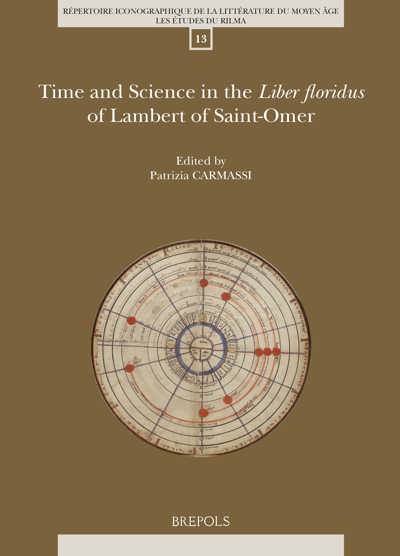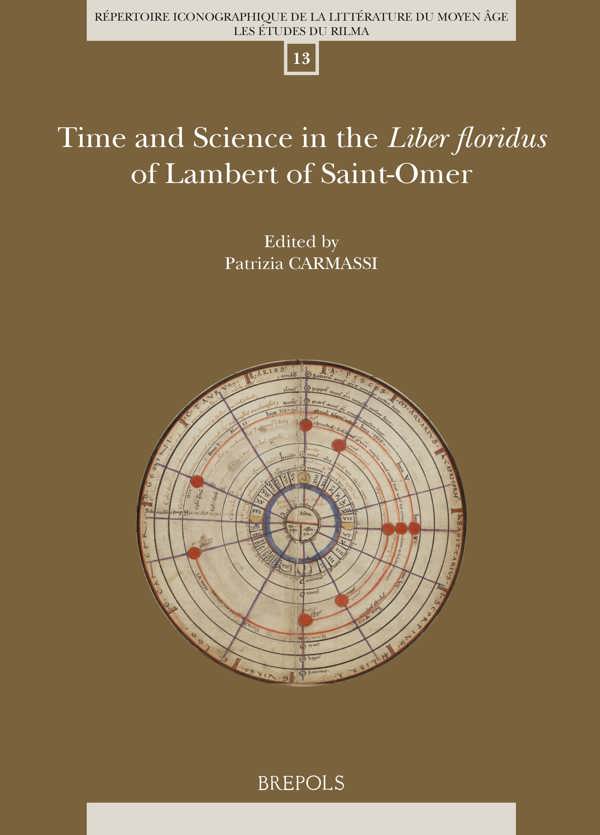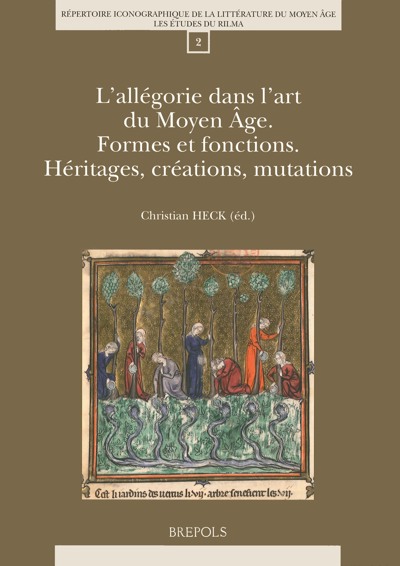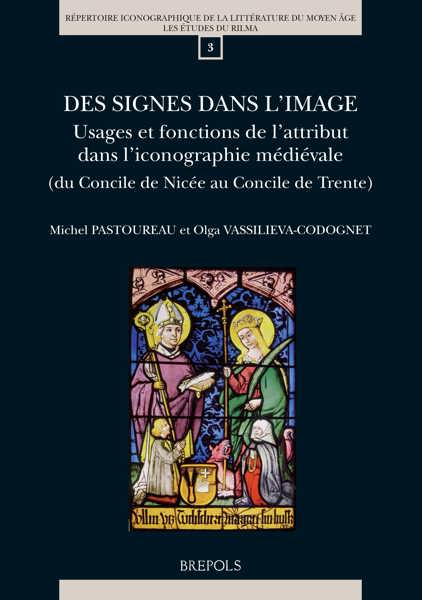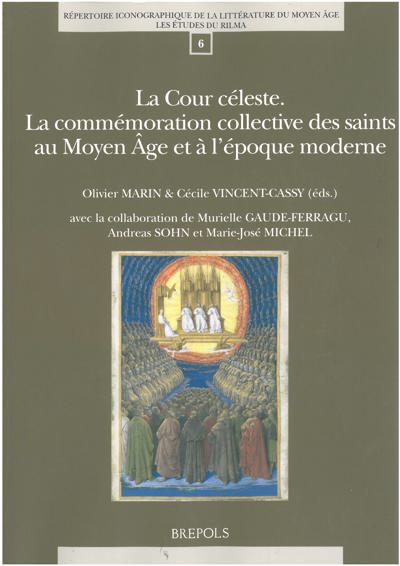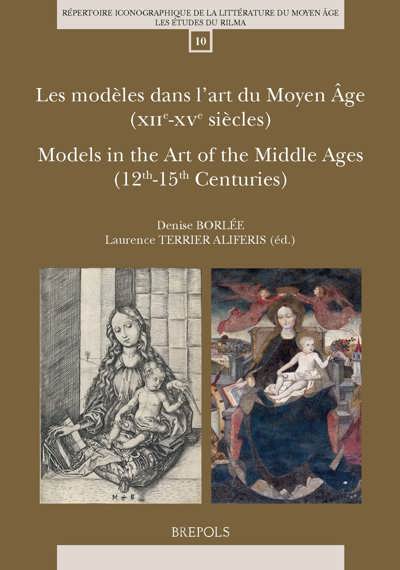
Time and Science in the Liber floridus of Lambert of Saint-Omer
Patrizia Carmassi (ed)
- Pages: 264 p.
- Size:210 x 297 mm
- Illustrations:5 b/w, 97 col., 9 tables b/w.
- Language(s):English, French
- Publication Year:2021
- € 95,00 EXCL. VAT RETAIL PRICE
- ISBN: 978-2-503-59692-1
- Paperback
- Available
The volume investigates the reception of scientific knowledge and the concepts of time in the Liber floridus, considering literary and visual traditions, exegetical and philosophical backgrounds, use and function of images, with particular attention to Lambert’s autograph, now in Ghent.
Patrizia Carmassi, Dr. phil., studied in Pisa and Münster Classical Philology, Medieval History and Palaeography. Her PhD dealt with the liturgical Lectionary of the Ambrosian Church. Currently she is a senior researcher at the Herzog August Bibliothek in Wolfenbüttel. She has also worked at the University of Göttingen and at LE STUDIUM, Orléans. Her research focuses on Medieval history, liturgy, Latin philology, codicology, the history of libraries and the concepts of time in medieval culture.
The Liber floridus is an encyclopedic compilation written in the first quarter of the twelfth century by a canon of Saint-Omer named Lambert. The work was conceived as an illustrated edition combining texts with images, with Lambert collecting earlier sources as well as contemporary literature in his attempt at synthesis and innovation. Time plays an important role, manifested in the liturgical calendar, the idea of the end of time, the movements of planets, the divisions of time in ages and years, local and universal history. Approached from a range of perspectives and from different disciplines, this volume investigates the reception of scientific ideas and the many concepts of time in the Liber floridus, conveyed in its images, texts, and diagrams, while also taking into account the various exegetical and philosophical contexts. The manuscript tradition of the Liber floridus is likewise considered, with particular attention given to the autograph manuscript, now held at the Ghent University Library, and to the oldest and most accurate copy of Lambert’s autograph, now at the Herzog August Bibliothek, Wolfenbüttel.
Préface — Patrizia Carmassi
Manuscripts
Before the Liber floridus: Texts and Compilations about Time in the Early Middle Ages — Patrizia Carmassi
The Autograph Manuscript and the Sources of the Liber floridus — Albert Derolez
Visual Studies for the End of Time — Hanna Vorholt
The Wolfenbüttel Manuscript and the Place and Function of History in the Liber floridus — Christian Heitzmann
Texts, Images, Diagrams
I. Texts and exegesis
Is the End at Hand? Pseudo-Methodius, the Jews and the Liber floridus — Marco Rizzi
Temps et apocalypse dans le Liber floridus et dans le cadre de la tradition exégétique médiévale — Raffaele Savigni
II. Images and diagrams
Between Text and Image. The Role of Diagrams and the Notion of Time in the Liber floridus — Anja Rathmann-Lutz
L’univers du Liber floridus et les lieux des anges, des âmes et de la divinité — Barbara Obrist
Les anges et leurs images dans le Liber floridus de Wolfenbüttel, entre traditions et innovations iconographiques — Philippe Faure
Times and their Declination
Time, the Liber floridus and the Science of the Stars in the Twelfth Century — Charles Burnett
Le Liber floridus comme « encyclopédie visuelle » : l’occasion d’une enquête sur les manuscrits du De ordine ac positione stellarum et l’iconographie du Draco inter Arctos — Isabelle Draelants
Le temps sacré dans le Liber floridus — Laura Albiero
Time in Medieval Philosophy. Concepts and Considerations on a Complex Phenomenon — Hans Otto Seitschek
